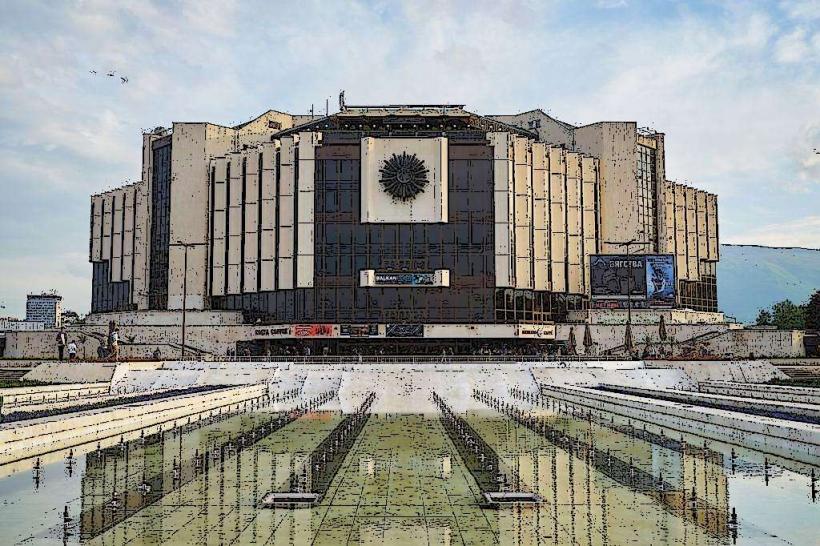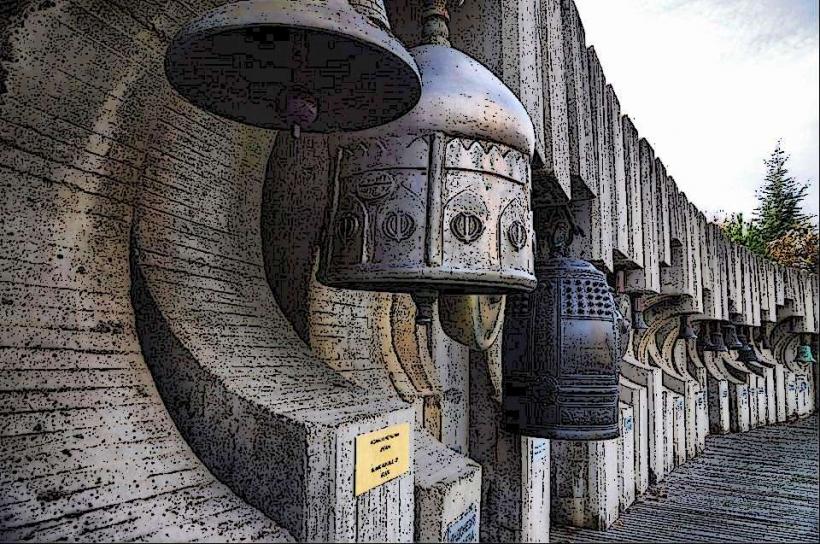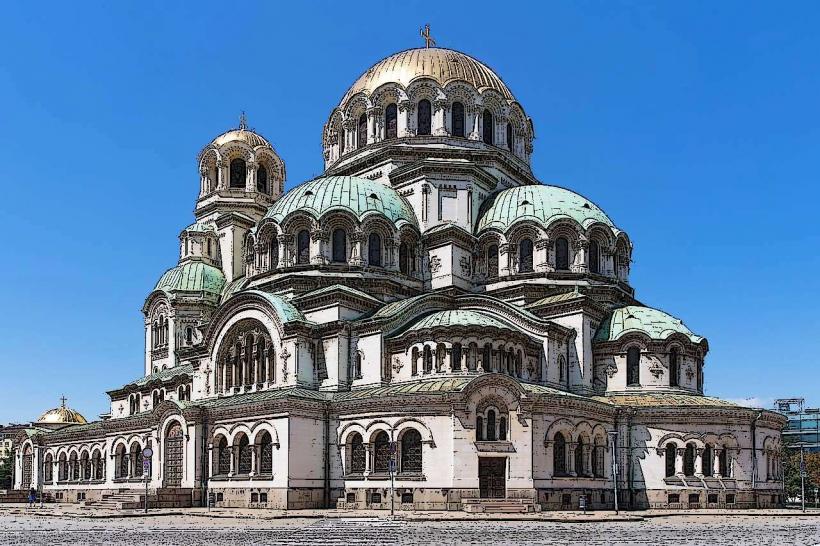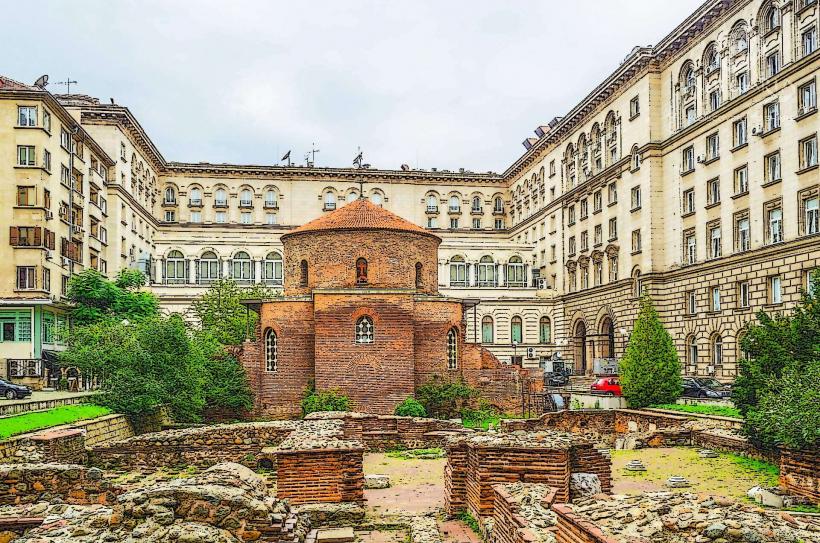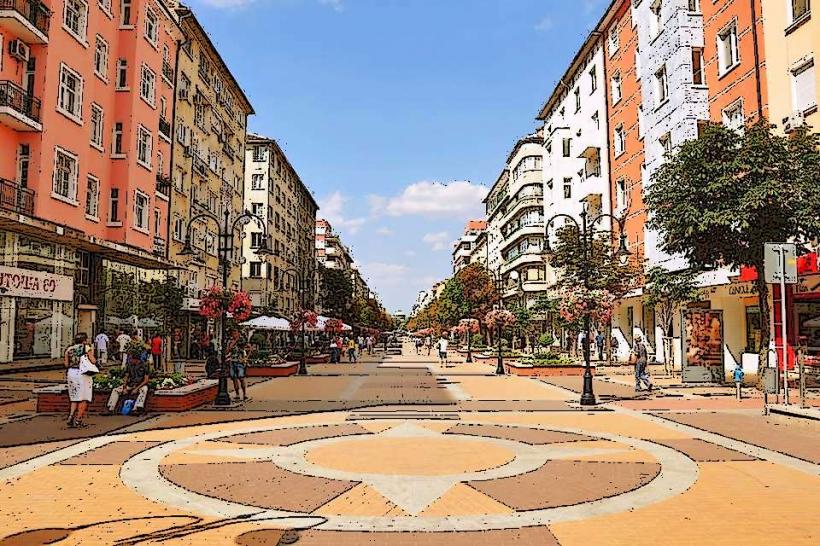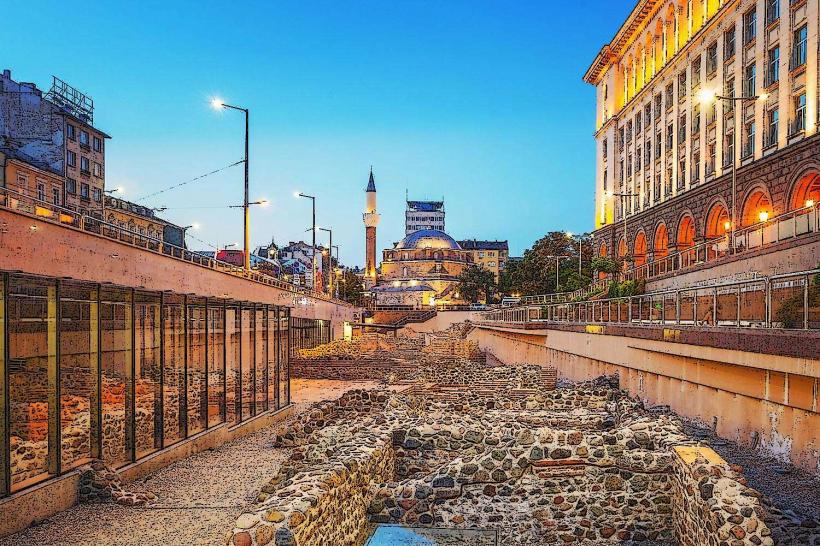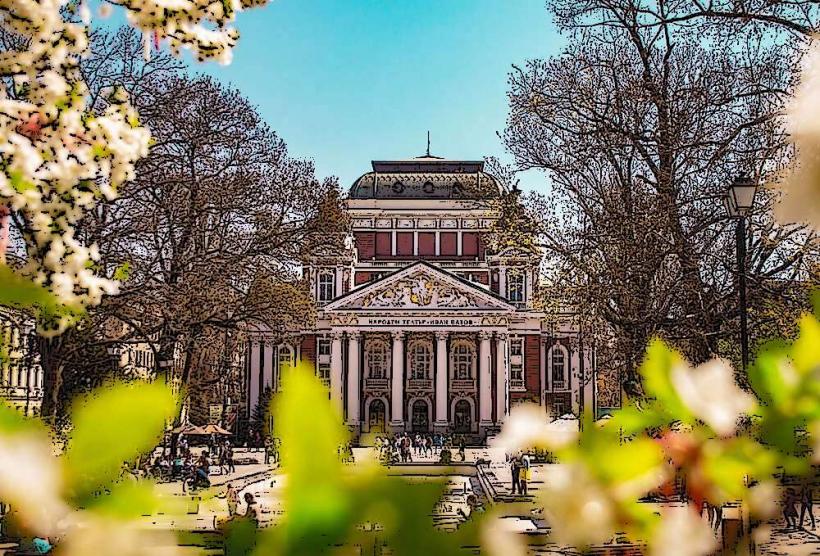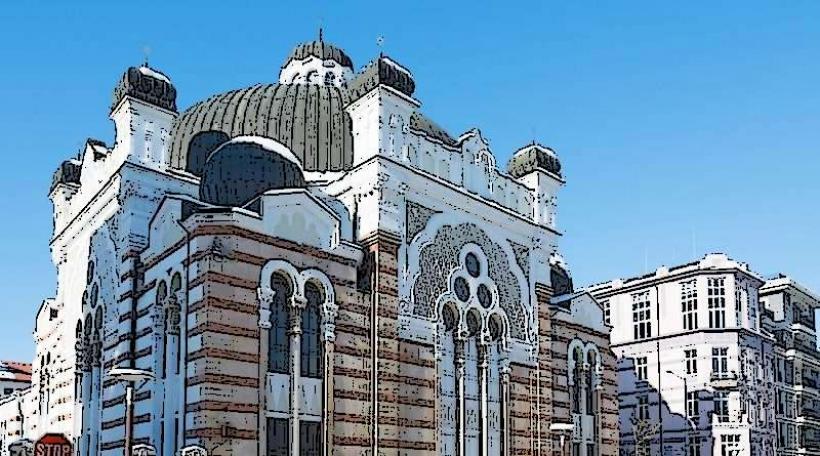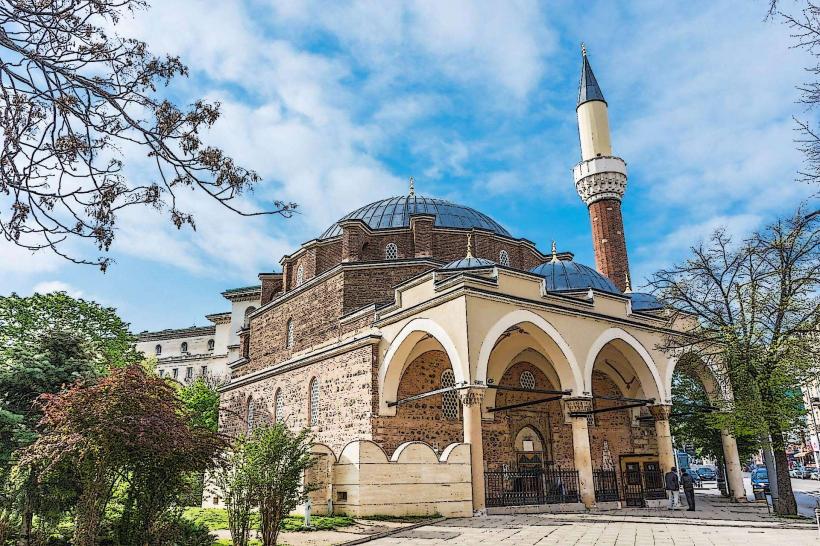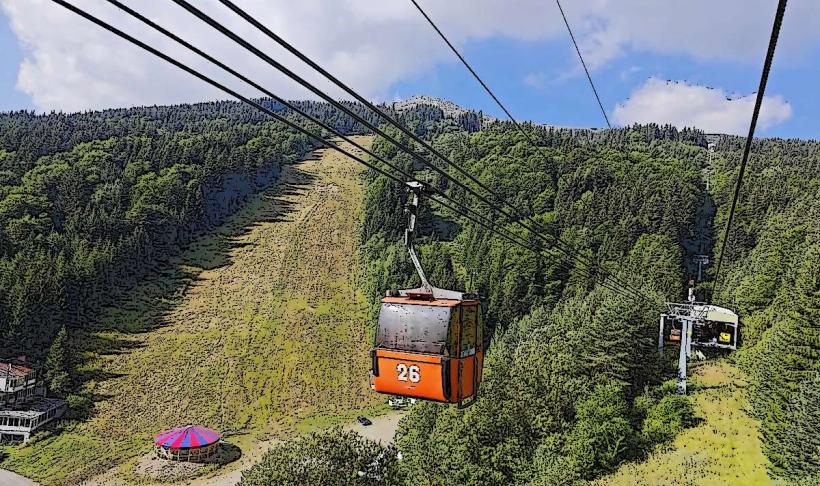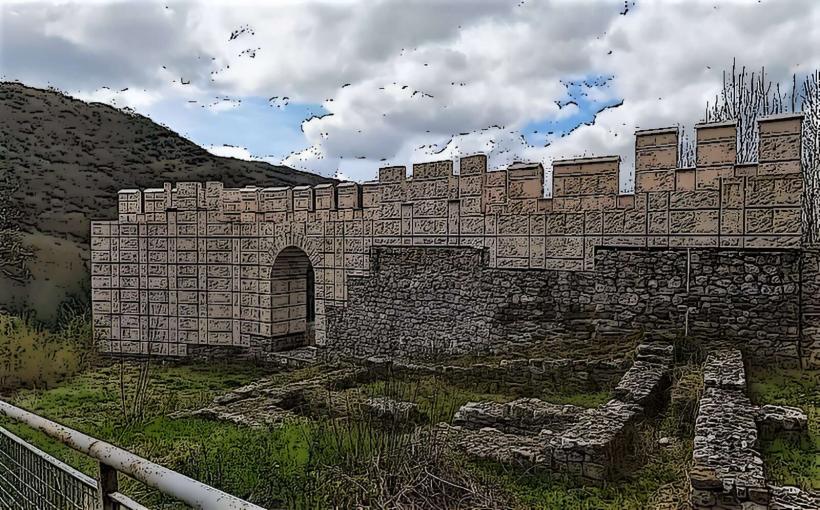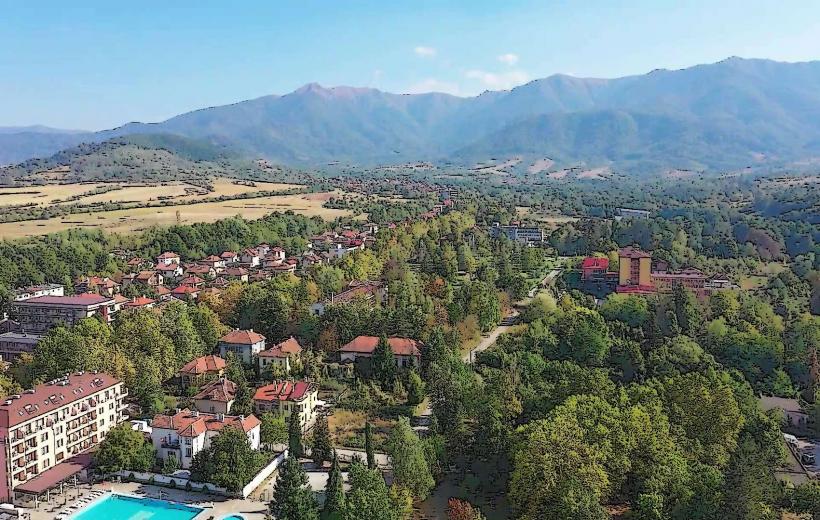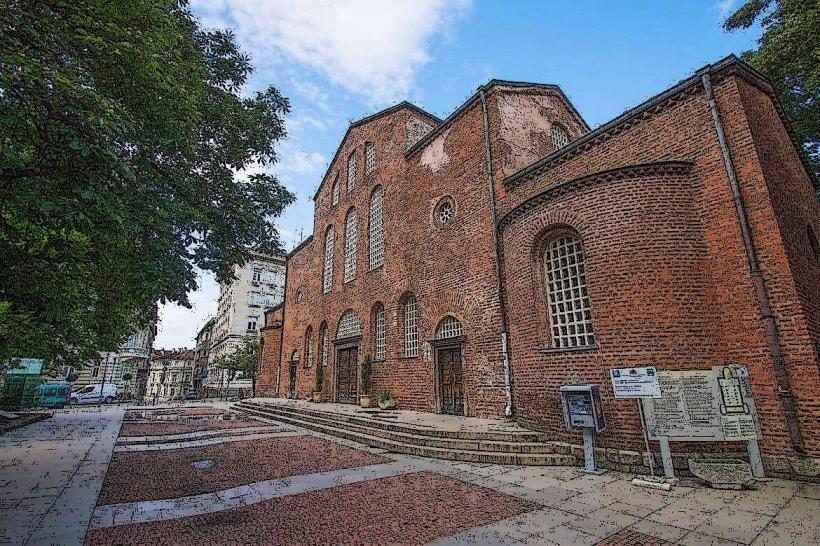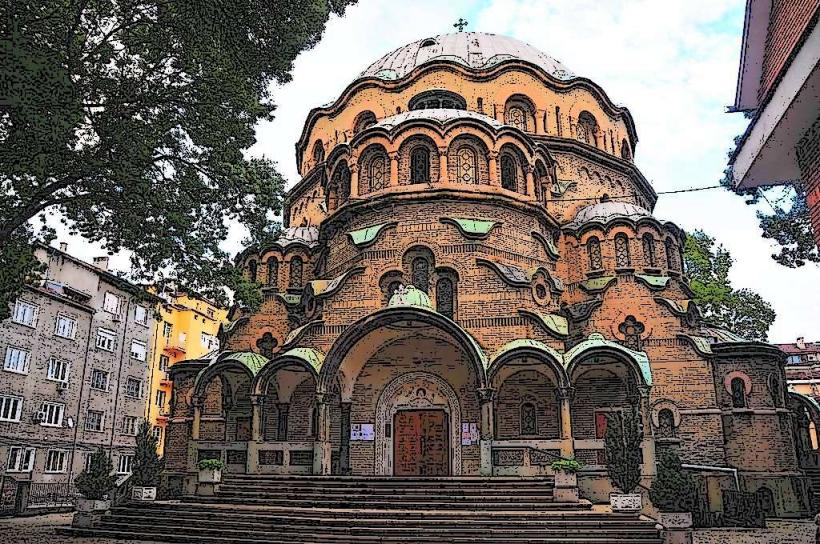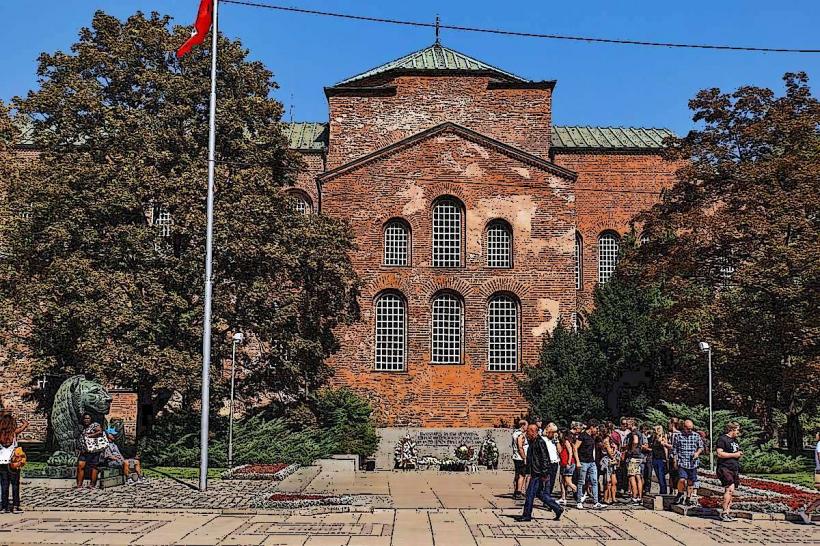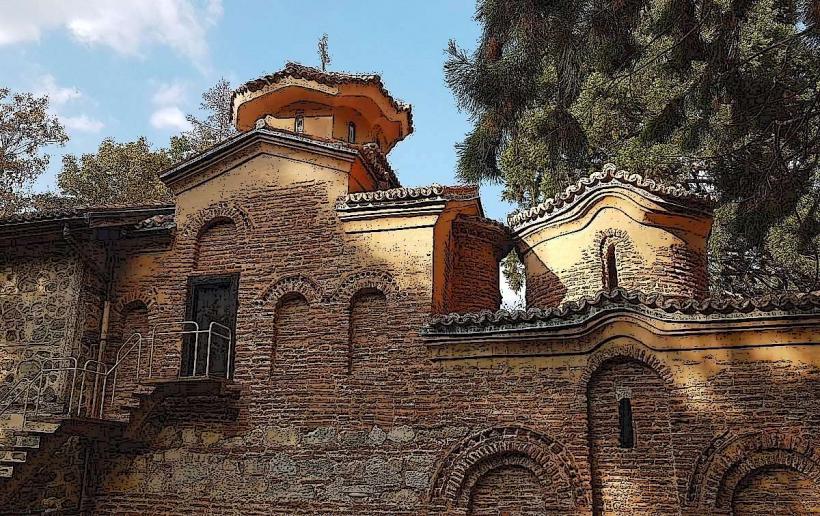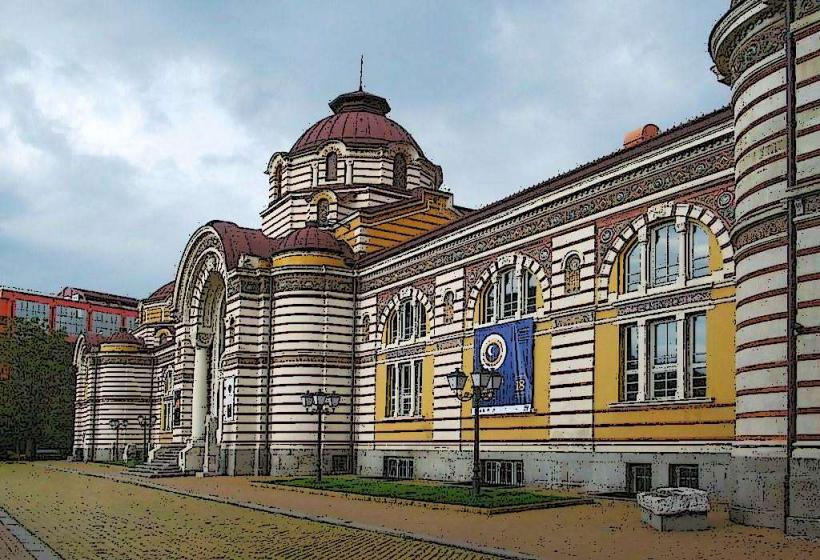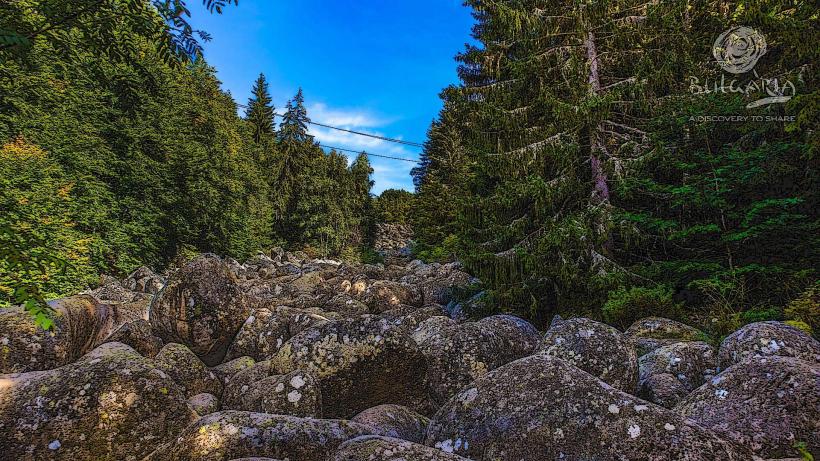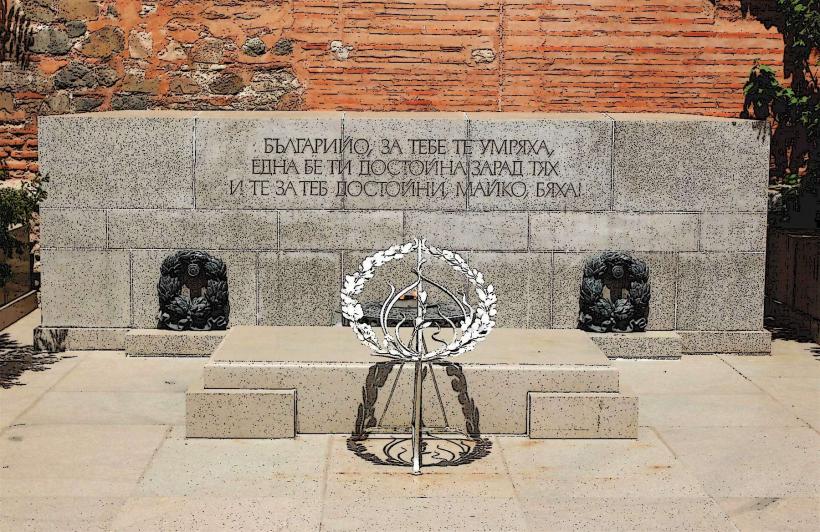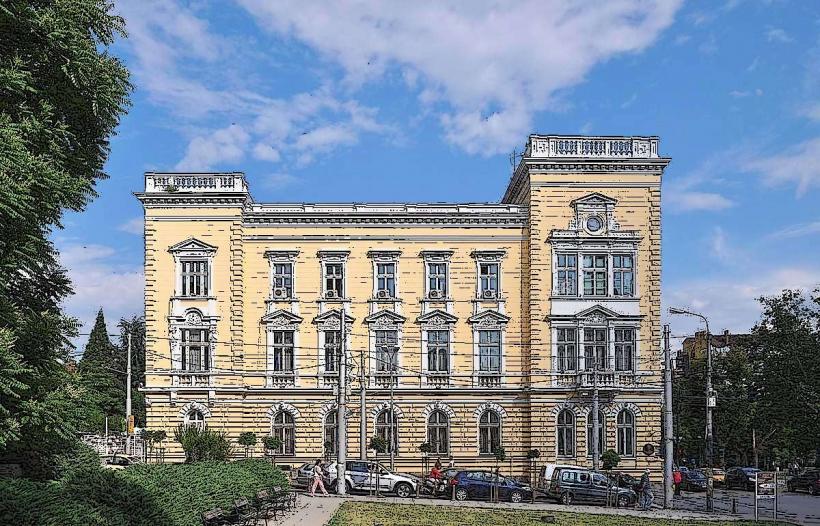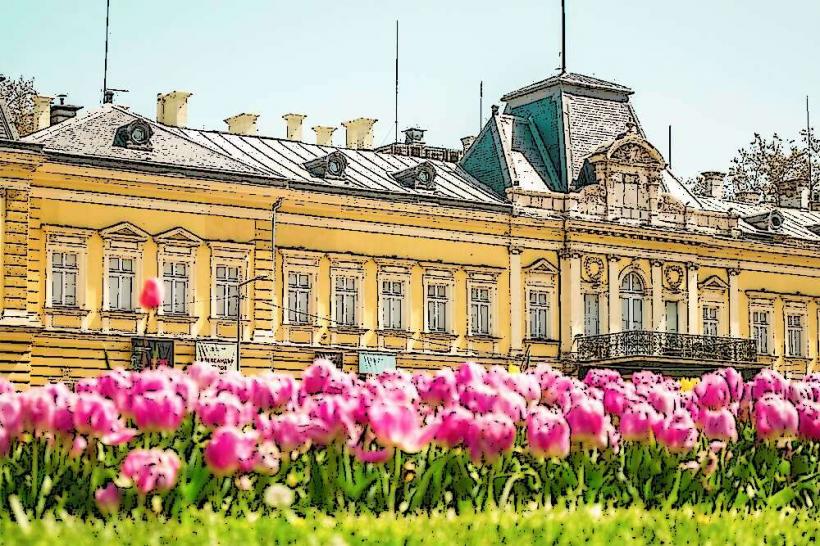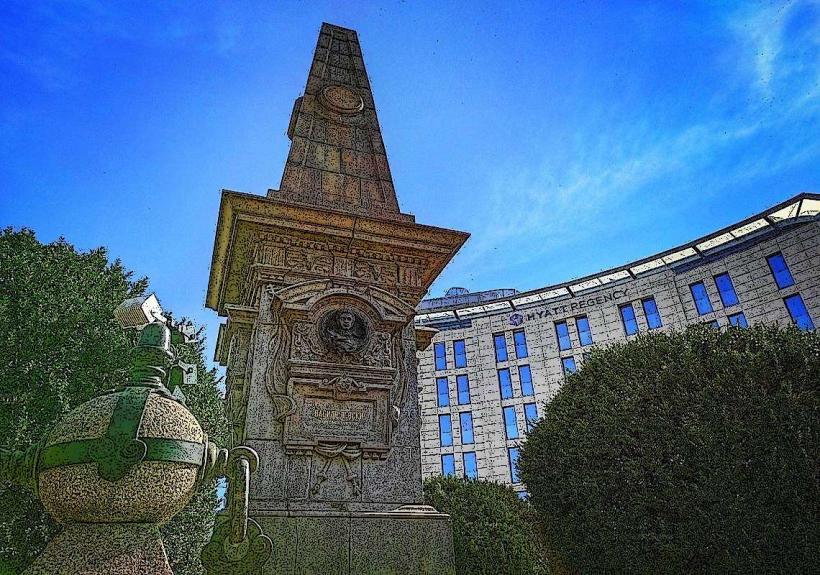Information
Landmark: Sofia Central Mineral BathsCity: Sofia
Country: Bulgaria
Continent: Europe
The Sofia Central Mineral Baths (Софийски Централни Минерални Бани) are a historical and architectural landmark located in the heart of Sofia, Bulgaria. These baths are significant not only for their cultural heritage but also for their therapeutic properties, stemming from the mineral-rich waters that flow from the nearby springs. Here’s a detailed overview of the Sofia Central Mineral Baths:
Overview
History: The baths were built between 1906 and 1911 and officially opened in 1913. They were designed by the famous Bulgarian architect Friedrich Grünanger, who incorporated elements of neoclassical architecture. The baths were part of a broader movement to promote public health and hygiene through the use of natural mineral waters.
Architectural Style: The building features a distinctive combination of neoclassical and Byzantine architectural styles. Its most notable feature is the large dome topped with a lantern, which is a hallmark of its design. The facade is adorned with colorful ceramic tiles, arches, and columns, creating an inviting and grand appearance.
Mineral Waters
Therapeutic Properties: The mineral waters of Sofia are known for their healing properties, rich in sulfates, hydrocarbonates, and trace elements. They are believed to be beneficial for various health issues, including skin diseases, respiratory ailments, and musculoskeletal disorders.
Natural Springs: The baths are supplied by thermal springs that emerge from the earth at a temperature of approximately 40 degrees Celsius (104 degrees Fahrenheit). The water is rich in minerals, making it a sought-after resource for therapeutic treatments.
Current Use and Facilities
Thermal Baths: The Sofia Central Mineral Baths operated as a public bath until 1986. Today, the site is no longer used for bathing but has been transformed into a cultural and museum space. Visitors can explore the remnants of the bath complex, including pools and changing rooms.
Museum: The baths now house the Museum of Sofia, where visitors can learn about the history of Sofia and the significance of the mineral waters. The museum showcases various exhibits, including archaeological finds, photographs, and artifacts related to the baths and the city’s development.
Relaxation and Spa Treatments: While the central baths are primarily a museum now, there are other spas and wellness centers in Sofia that utilize the mineral waters for therapeutic treatments, offering massages, hydrotherapy, and wellness packages.
Visitor Experience
Guided Tours: The museum offers guided tours that provide insights into the history and architecture of the baths, as well as the healing properties of the mineral waters. The tours often highlight the historical importance of bathing culture in Bulgaria.
Photography: The stunning architecture and vibrant colors of the building make it a popular spot for photography, especially for those interested in capturing Sofia’s historical and cultural landmarks.
Surrounding Area
Location: The Sofia Central Mineral Baths are situated in the center of Sofia, near other notable attractions such as the Banya Bashi Mosque, Serdica Archaeological Complex, and Alexandar Nevsky Cathedral. The area is vibrant, with numerous cafes and shops.
Public Parks: Nearby, visitors can relax in public parks and gardens, enjoying the natural beauty of Sofia while soaking in the city’s rich cultural atmosphere.
Conclusion
The Sofia Central Mineral Baths are a remarkable blend of history, architecture, and health culture. While no longer functioning as a bathing facility, they remain a significant cultural landmark and a testament to Sofia's historical reliance on its natural mineral springs. A visit to the baths offers a unique opportunity to explore the city's past and appreciate its architectural beauty, making it a must-see destination for anyone exploring Sofia.

